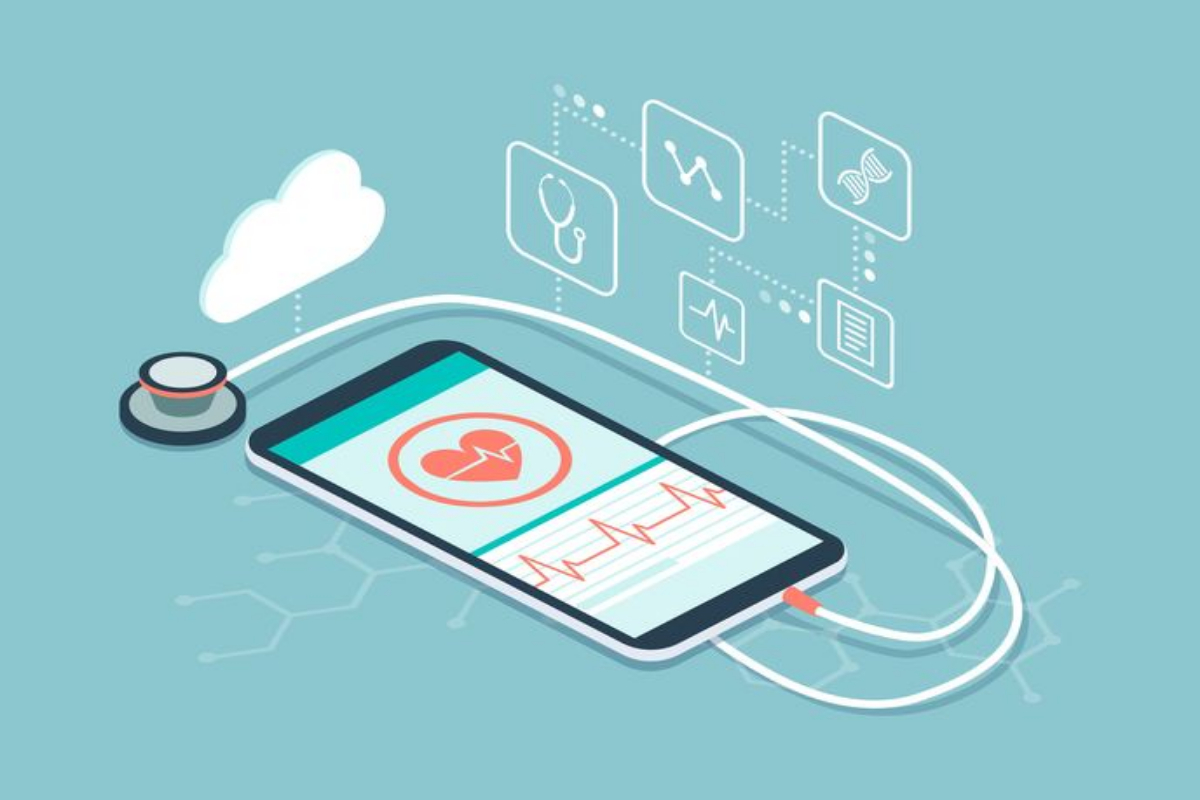- An app has been created that can identify COVID-19 just by listening to your voice.
- Inflammation of the respiratory system and vocal cords is one of the main symptoms.
- The application is 89% accurate in identifying positive cases.
An app has been created by researchers from Maastricht University in the Netherlands that can identify COVID-19 just by listening to your voice.
The application states that it can identify illnesses “more precisely than lateral flow tests.”
The COVID-19 Sounds App is already available on both the Google Play Store and the Apple App Store.

Inflammation of the respiratory system and vocal cords, which typically results in a change in the patient’s voice, is one of the main symptoms of COVID-19 infections.
The researchers looked into the possibility of accurately diagnosing the illness using these symptoms.
The scientific team used artificial intelligence (AI), which was more accurate than fast antigen tests with a rate of more than 89%.
Data from more than 893 audio samples collected from 4,352 healthy and unhealthy adults were used to train the AI model. It was discovered that 308 of these patients tested positive for COVID-19.
Wafaa Aljbawi, a researcher at Maastricht University’s Institute of Data Science, said:
“These promising results suggest that simple voice recordings and fine-tuned AI algorithms can potentially achieve high precision in determining which patients have Covid-19 infection. Such tests can be provided at no cost and are simple to interpret. Moreover, they enable remote, virtual testing and have a turnaround time of less than a minute.”

On Monday, the study was presented at the international congress of the European Respiratory Society in Barcelona.
How It Operates
The app requests some fundamental data from users, like their demographics, medical history, and smoking status, before prompting them to capture a sample of their breathing sounds.
Coughing three times, taking three to five deep breaths through their lips, and reading a brief sentence on the screen three times are all examples of this.
The software makes use of a speech analysis method called Mel-spectrogram analysis, which examines voice characteristics like loudness, power, and fluctuation over time to diagnose.
The software is 89% accurate in identifying positive cases, as was already mentioned, however it is only about 83% accurate at identifying negative cases.
[embedpost slug=”realme-launches-c33-in-india-a-budget-friendly-phone/”]





















